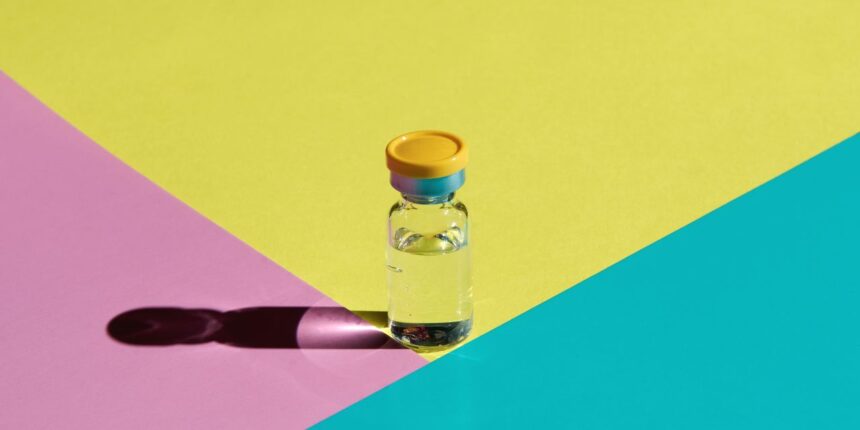The latter circumstance is what allowed for the rise of GLP-1 compounding. The designation of certain GLP-1s as weight-loss agents—starting with Wegovy in June 2021 and followed by Zepbound in November 2023—made these drugs available to a new, huge swath of people. Now anyone who is obese as defined by body mass index (BMI) or who is overweight per BMI and has at least one weight-related health condition is eligible for a GLP-1 prescription. Previously, meds in this class were just FDA-approved for type 2 diabetes. With promises of weight loss on the table, the demand surged so high that the pharma companies couldn’t keep up with it, and the drugs went into shortage and bam: Compounders stepped in to fill the gap.
Cut to now, when both Wegovy and Zepbound have been removed from the shortage list. Again, that would typically be a good thing, suggesting that folks taking compounded versions could switch to the brand-name options, which carry the added safety of having gone through the FDA approval process (more on this below). But the massive number of people taking compounded GLP-1s has raised questions about whether there actually is enough supply of the brand-name drugs to meet demand.
Looming even bigger is the cost issue. There might be enough brand-name drugs available now, but that certainly doesn’t mean they’ll be accessible. These meds have historically run upward of $1,000 without insurance (and coverage is still limited)—though both Eli Lilly (Zepbound) and Novo Nordisk (Wegovy) have recently cut that price in half, to $499 a month, for folks without coverage who opt in to direct-pay programs with the drugmakers. By contrast, compounded options generally cost around $200 a month.
The cost gap is what makes GLP-1 compounding such a unique situation. Usually drugs that go into shortage are cheap generics, not expensive brand-name ones that are still under patent, Tenille Davis, PharmD, chief advocacy officer at the Alliance for Pharmacy Compounding, tells SELF. So, while GLP-1 compounders have technically been operating to fill an availability void, they’ve also been de facto solving for the price issue. Hence why recent moves to cut them out of the picture could majorly slash access.
What’s the difference between a compounded GLP-1 drug and a brand-name one?
As mentioned, pharmacy compounding is meant to serve a few specific purposes, namely the creation of a custom form of a drug on a per-patient basis (e.g., when someone needs a formulation or dose that isn’t commercially made) or boosting supply during a drug shortage. Given the relatively lower risk of these kinds of small-batch and temporary operations, it isn’t legally necessary for compounders to jump through all the regulatory hoops that are required of commercial drug manufacturers to market a product, nor would it be feasible, Michael Ganio, PharmD, senior director of pharmacy practice and quality at American Society of Health-System Pharmacists, tells SELF. As a result, there are a few key differences to note in how brand-name and compounded GLP-1s come to be.
Process and safety checks
Commercial drugmakers have to receive the FDA’s stamp of approval on a new drug application for every item they bring to market. That requires doing research and clinical trials to prove efficacy; fine-tune the dose and route of administration; and ensure the final product abides by Current Good Manufacturing Processes (CGMP), which guarantees the medication is sterile if applicable (as in the case of injectables like GLP-1s) and will remain stable for usually a couple years. By contrast, compounders don’t go through the FDA approval process for their drugs and are not subject to these standards. This distinction also separates a compounded drug from a generic one: While the latter has an abbreviated FDA-approval process (since the existing brand-name drug has already been shown safe and efficacious), the maker still has to prove to the FDA that their version is equivalent to the OG on both fronts. A compounded drug doesn’t have that oversight. (The brand-name GLP-1s aren’t available as generics because the patents haven’t expired—Novo Nordisk has its US patent on semaglutide until 2032, and Eli Lilly on tirzepatide, until 2036.)
Read the full article here



